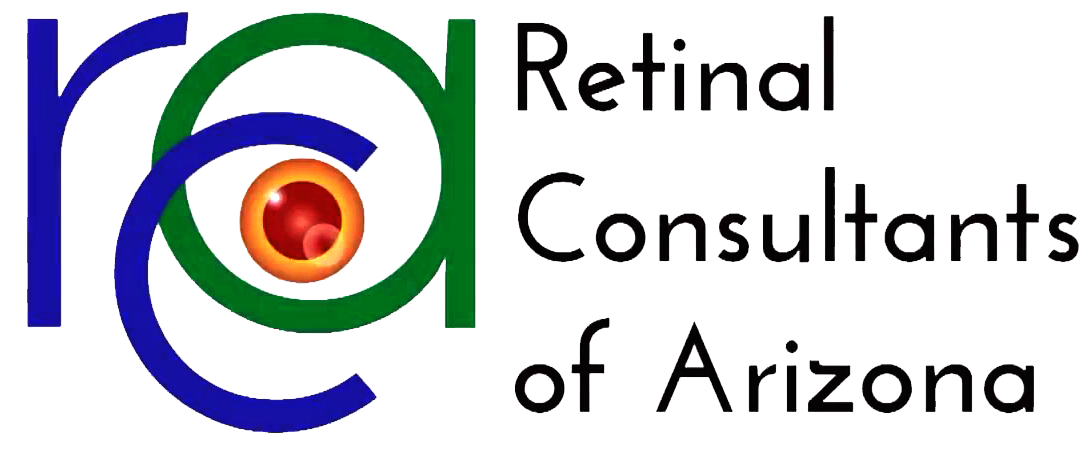Retina Sub-day AAO 2015 – Day 1 – Las Vegas, Nevada

There was an excellent debate between Dr. Michael Stewart and Dr. Caroline Baumal regarding the optimal timing for vitrectomy for retained lens fragments (RLF) after complex cataract surgery. Several studies have shown that the optimal time to intervene is approximately 3-7 days, however, the timing is dependent on several factors, such as the amount of corneal edema (which may affect visualization), severity of postoperative inflammation, IOP rise, and wound stability. Both debaters concluded that same day vitrectomy for RLF after cataract surgery is probably not necessary.
Retinal Consultants of Arizona’s Managing Partner and Retina Sub-day Chair, Dr. Pravin Dugel presented two talks, first on an interesting finding from DRCRnet Protocol I and second on anti-PDGF pretreatment of neovascular AMD prior to the initiation of anti-VEGF therapy. A post-hoc analysis of the Protocol I results showed that the one year VA response to anti-VEGF therapy for DME could be predicted by the VA response to the first three consecutive monthly anti-VEGF injections. Eyes with <5 letter gain after 3 injections did not have a significant VA improvement at one year. According to Dr. Dugel, a different therapeutic approach should be considered after the initial three anti-VEGF injections for these eyes.
Dr. Dugel’s second talk revealed the results of an RCA study that evaluated intravitreal anti-platelet derived growth factor (PDGF) pretreatment followed by intravitreal anti-VEGF therapy for neovascular AMD. Eyes that were pretreated had significantly superior visual and anatomic outcomes when compared eyes that received anti-VEGF monotherapy. This is theoretically due to the stripping of the pericytes that protect the choroidal neovascular membrane (CNVM) by the anti-PDGF agent, rendering the CNVM more vulnerable to the effects of anti-VEGF therapy. The group of patients with the best VA outcomes had three things in common after combination treatment: a dry OCT, no leak on FA, and good flow through the CNVM on OCT-angiography.
Jeffrey Gross MD presented the DRCRnet protocol S results which were published in JAMA for the first time today. This study found that patients with proliferative diabetic retinopathy (PDR) who received intravitreal ranibizumab 0.5 mg over a 2 year period (4 consecutive monthly injections followed by a modified PRN treatment approach) achieved better VA results, better visual field results, lower vitrectomy rates, and improvement in coincidental diabetic macular edema (DME) when compared to patients who received immediate panretinal photocoagulation (PRP) after PDR diagnosis. For compliant patients who do not mind several visits a year and injections perhaps as frequent as once a month, intravitreal ranibizumab may lead to superior visual outcomes over PRP in eyes with PDR.
Dr. Emily Chew reported on the progression of AMD following cataract surgery. Multiple analyses of the AREDS2 study showed no statistically significant correlation between cataract surgery and progression of early or intermediate AMD to late AMD (neovascular AMD or central geographic RPE atrophy). These findings fell in line with the original AREDS study results. We can therefore reassure our AMD patients that cataract surgery should not have an adverse effect on their AMD.

